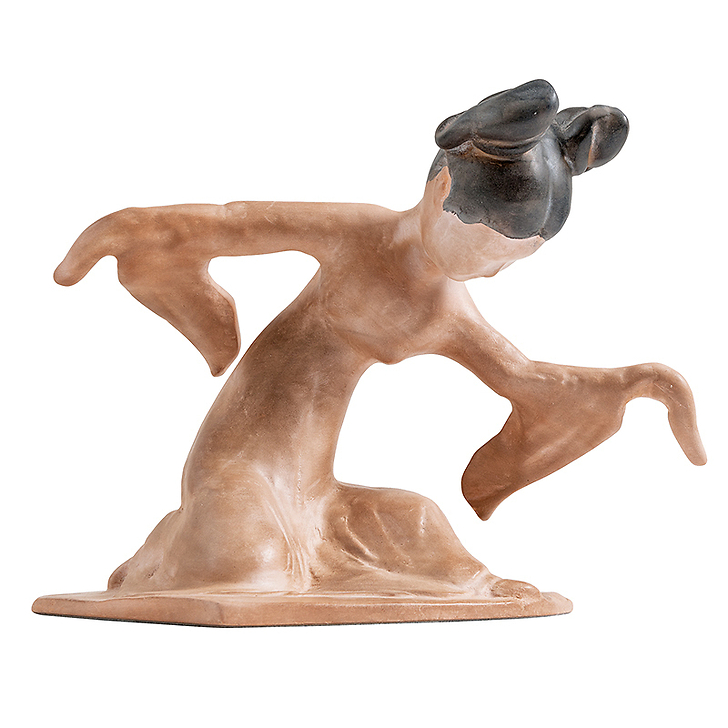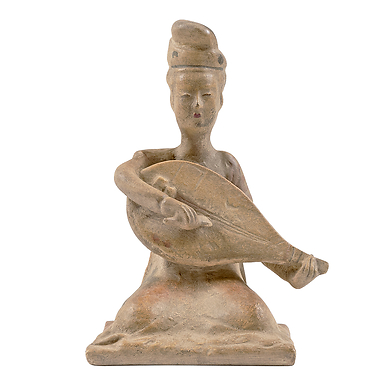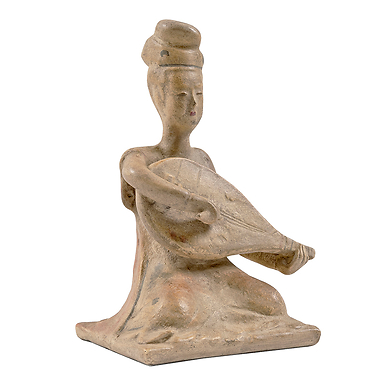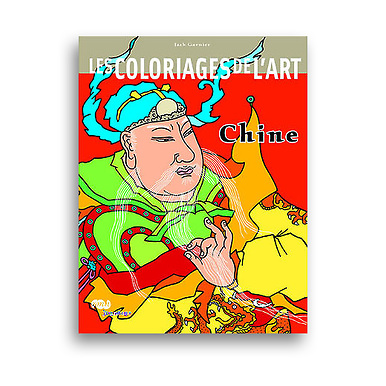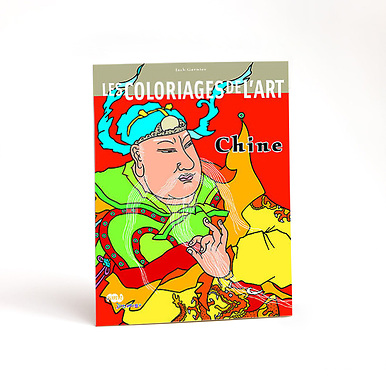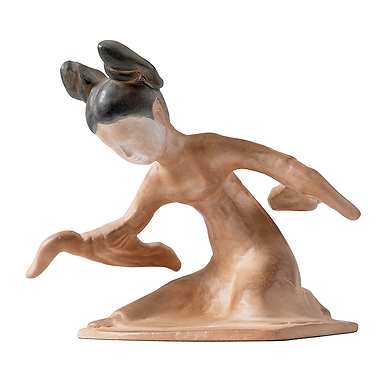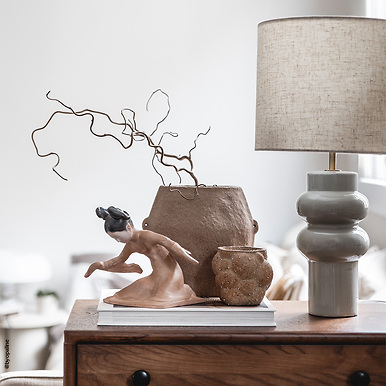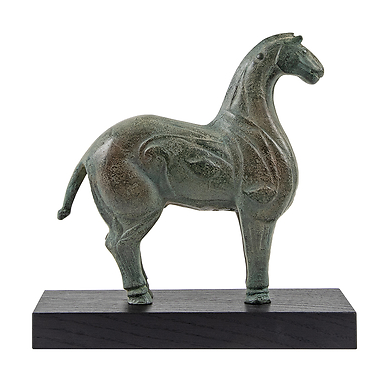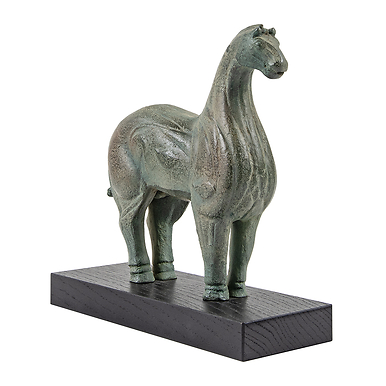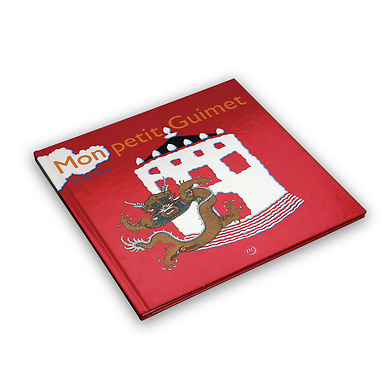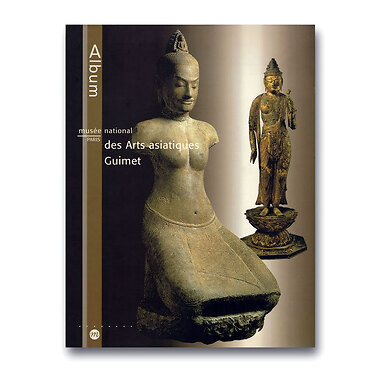Essential
Sculpture Chinese dancer - Left version
RK007972
Reproduction patinated by hand. Mold made from an imprint of the original, statuette dated from the first half of 7th century exhibited at the Musée Guimet.
These two dancers were cast in square-based moulds inspired by the Sui prototypes.
Their originality lies in their green and brown glaze . The...
Read more
Reproduction patinated by hand. Mold made from an imprint of the original, statuette dated from the first half of 7th century exhibited at the Musée Guimet.
These two dancers were cast in square-based moulds inspired by the Sui prototypes.
Their originality lies in their green and brown glaze . The revival of this technique, wich was similar to the one used in glassmaking, was probably due to the Bei Qi potters of Henan . Works with lead- based glazes were extremely rare at the end of the 6th century and in the first half of the 7th century .
Their silhouettes, facial features and hairstyles belong to the same ideal of beauty as the creations of the mid-7th century. Their hair is drawn up to the top of their heads and arranged like outspread butterfly wings. Their oval faces grace slender, adolescent bodies. The tight-fitting bodices enhance the delicately moulded, bowed busts. The narrow waists, supple backs and folded legs are suspended in a dance movement.
Although many of the melodies of this era are well-known, it is difficult to match them with a specific choreography. At best, one may deduce that these harmonious attitudes belong more to the traditional Chinese ruan style than to the much livelier Western jian dances. Foreign contributions were indeed absorbed, but the way of moving near the ground could have come from India. Much of the dancer's talent probably lay in the manner in which she hovered apparently weightlessly held up by the swirling fabrics of her sleeve.
Close
Login to see prices
Sold by GrandPalaisRmn

